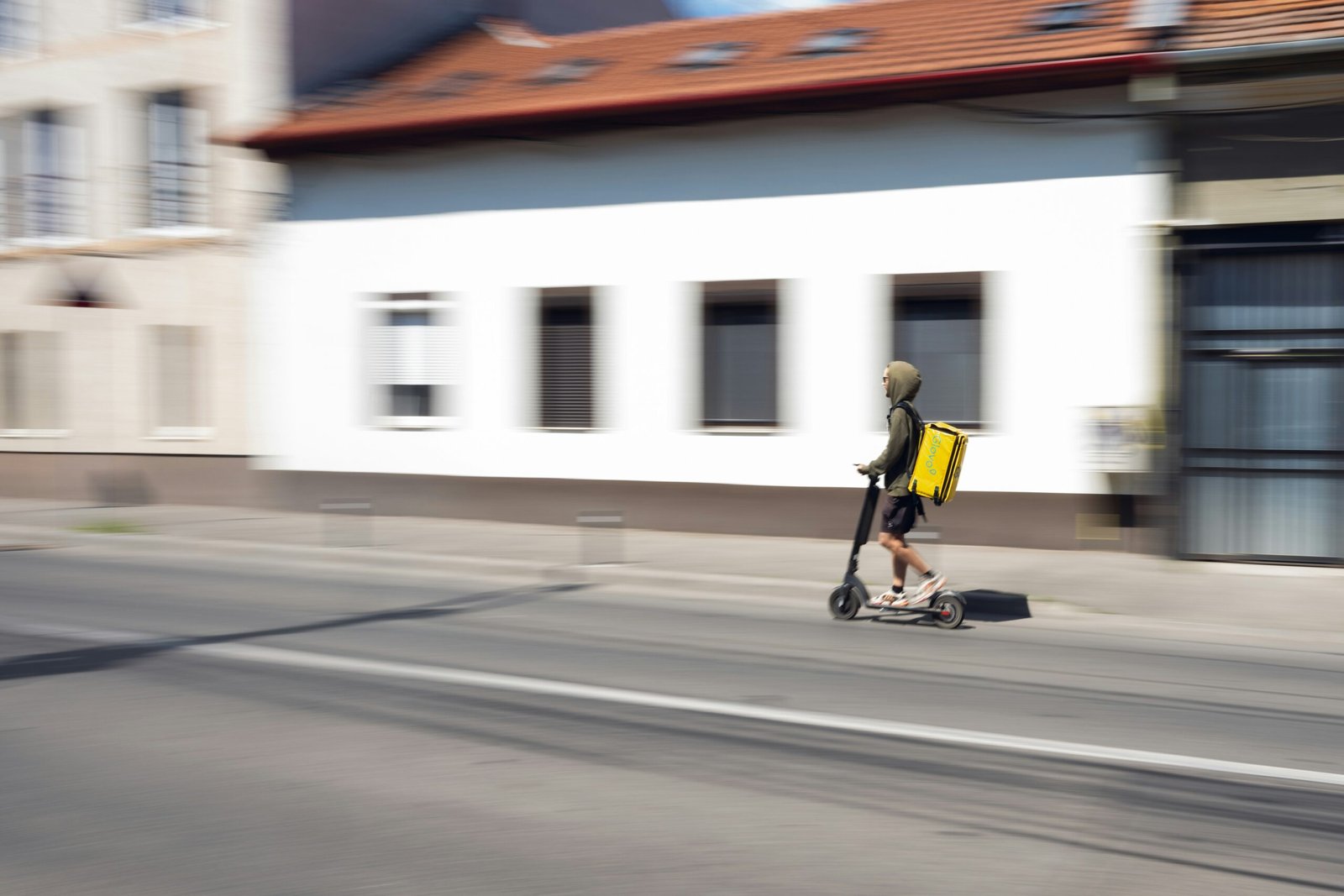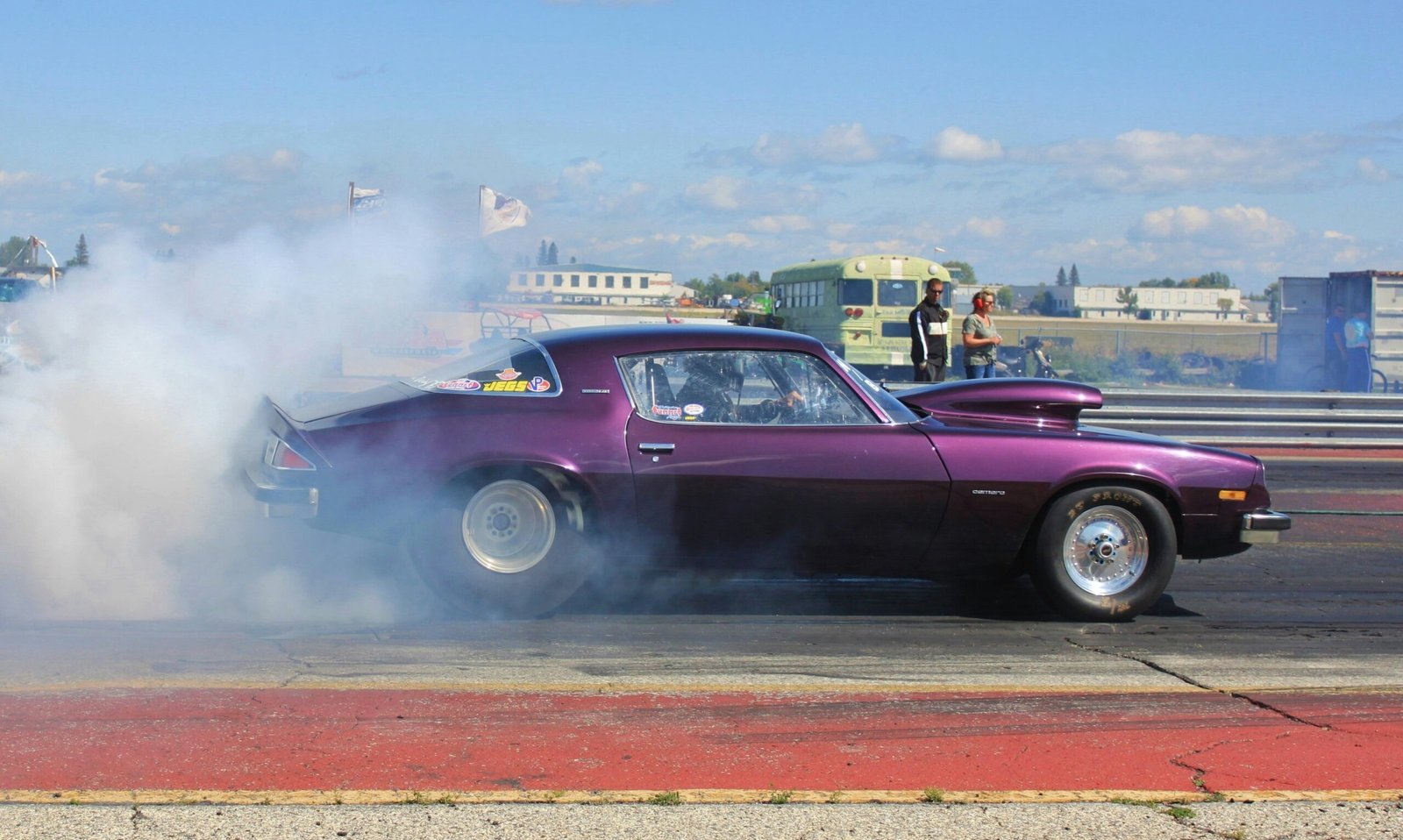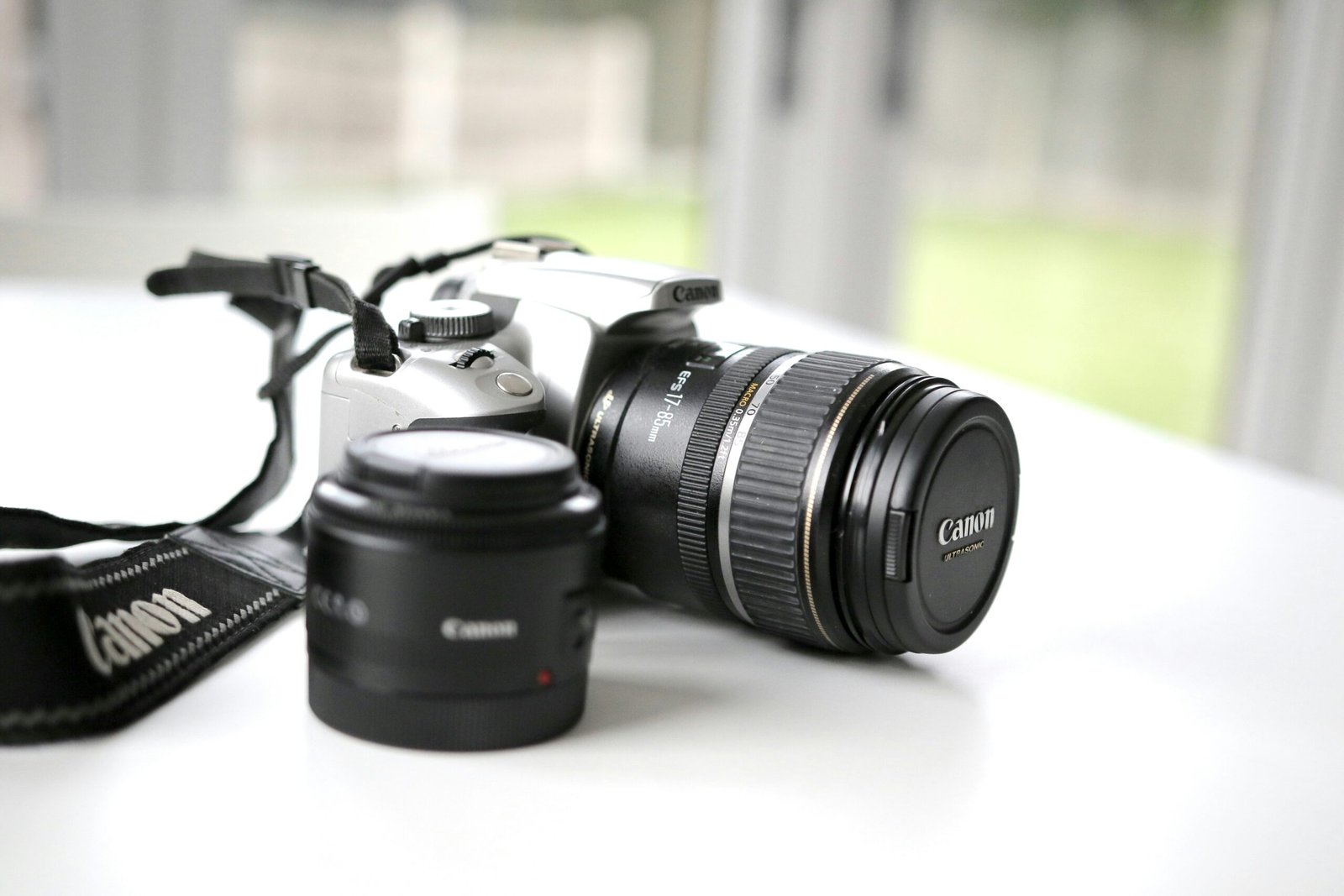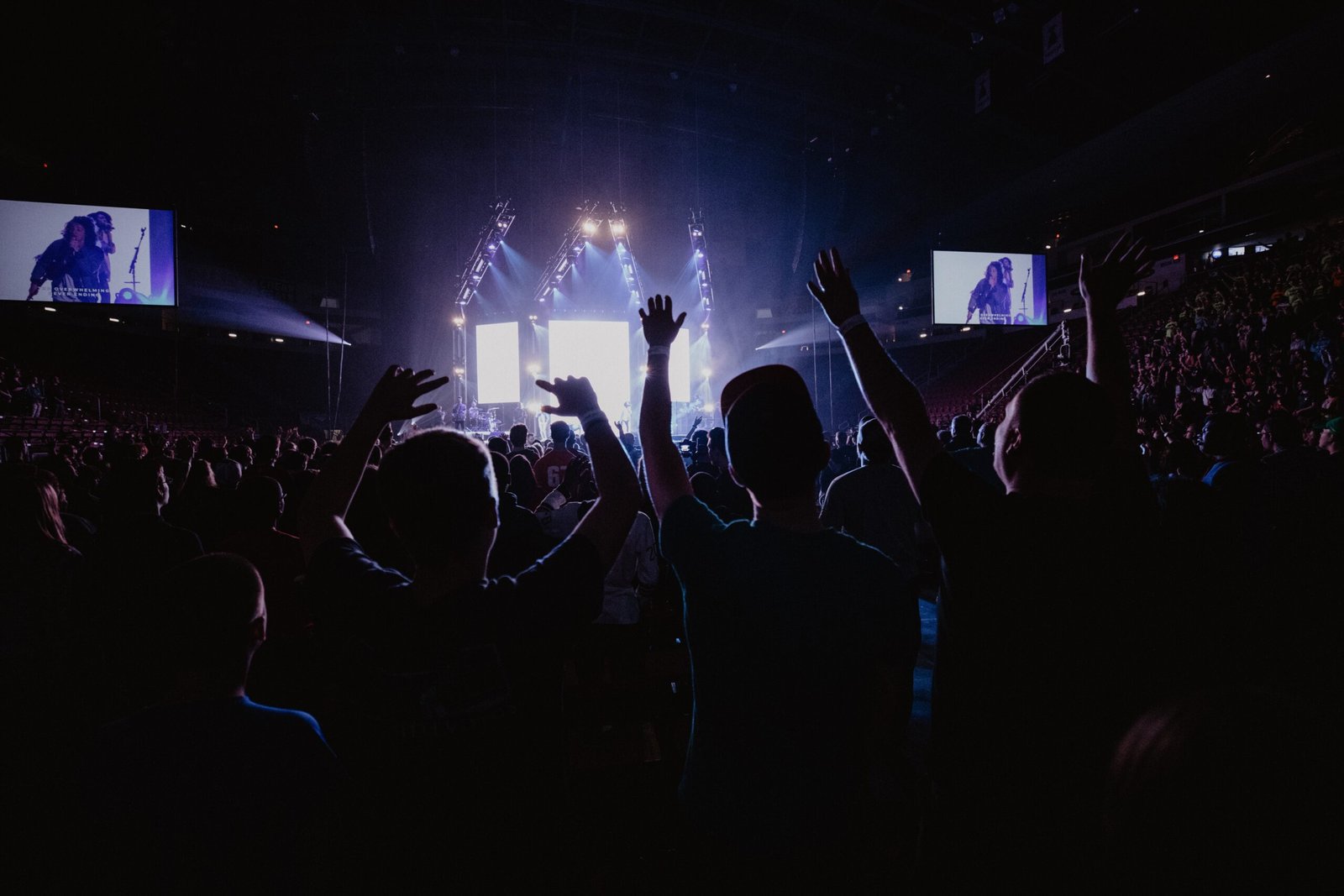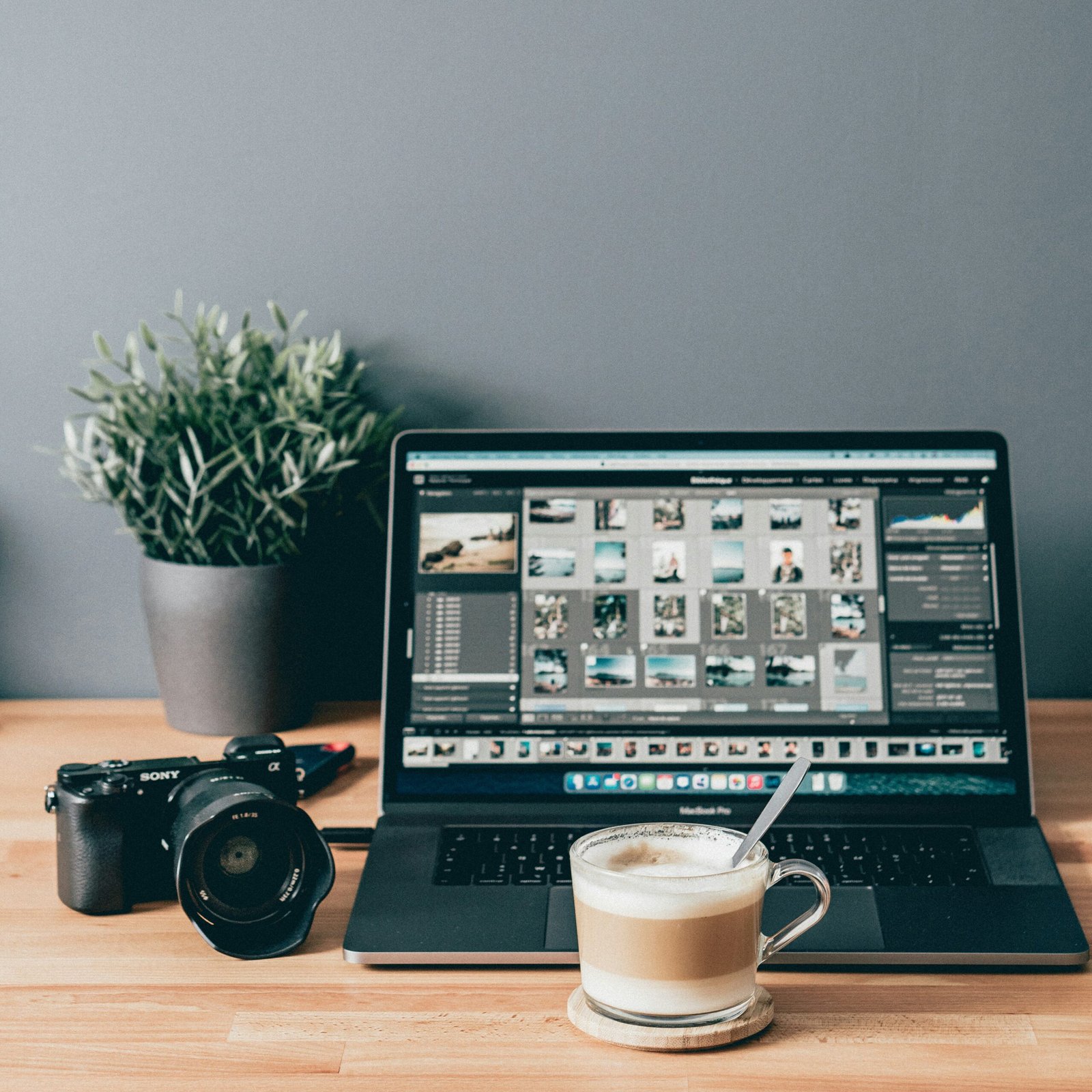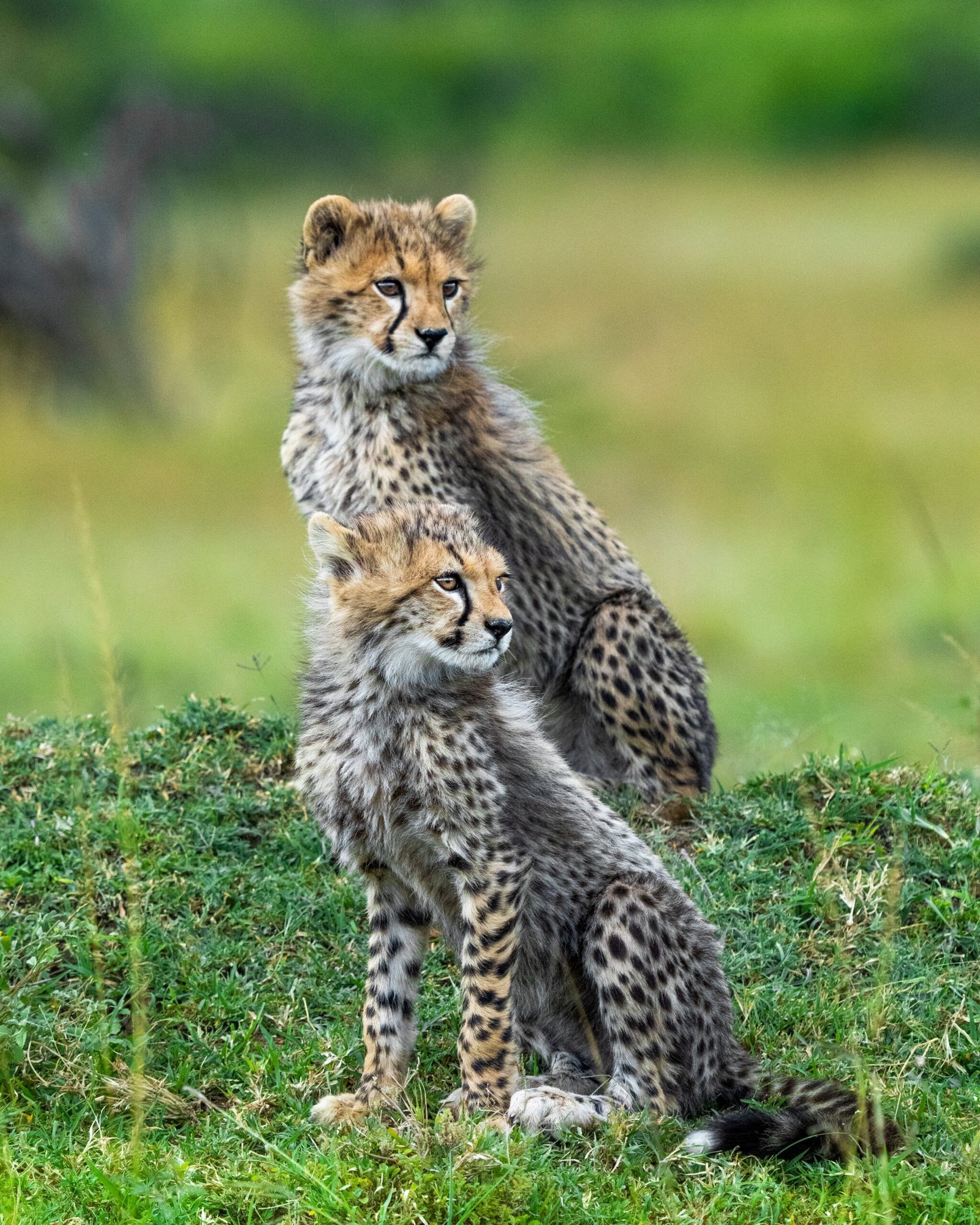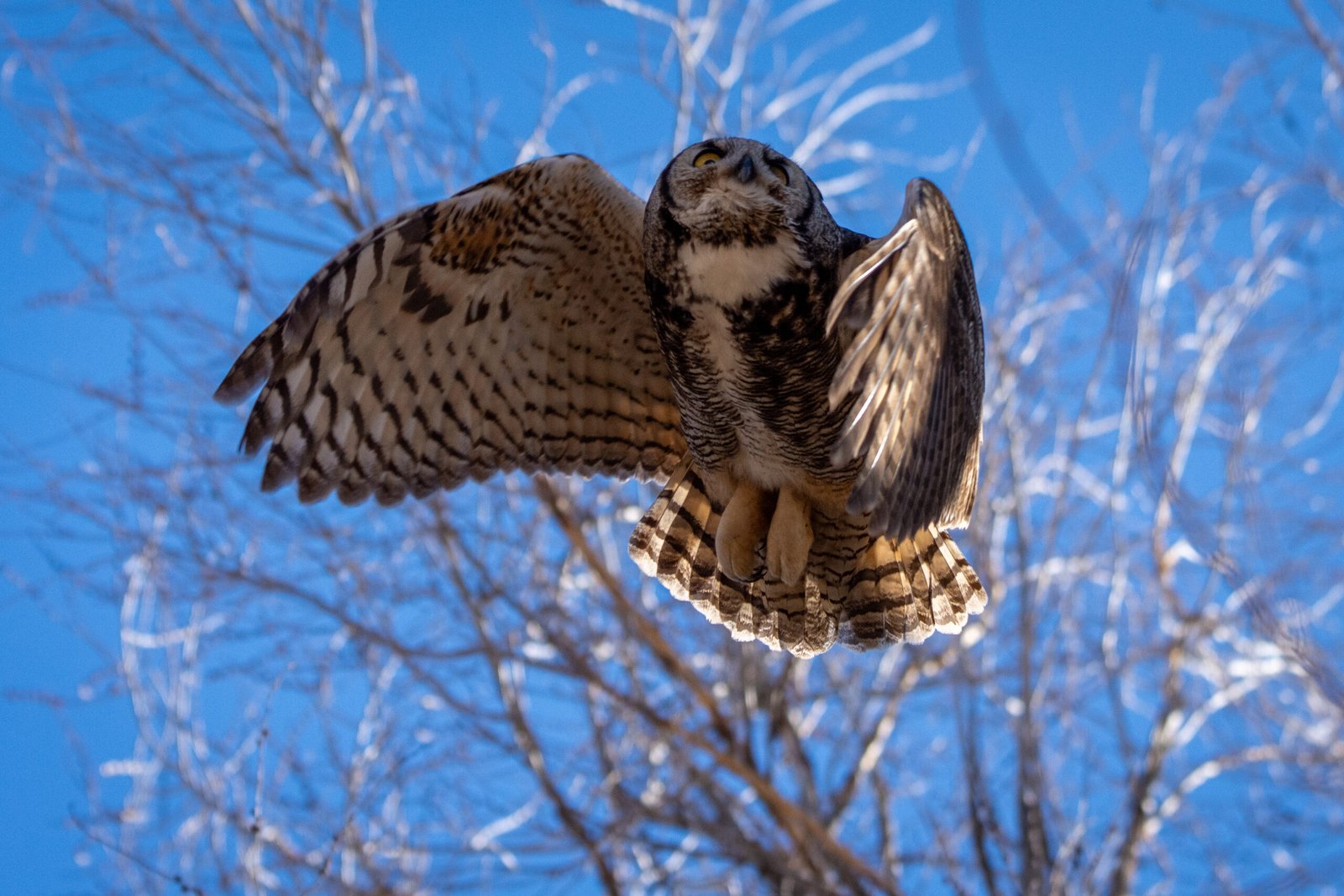Understanding Panning Photography Panning photography is a dynamic technique often used to capture motion, particularly with fast-moving subjects like cars. The goal is to have the moving object in sharp focus while the background appears blurred, giving a sense of […]

Close
